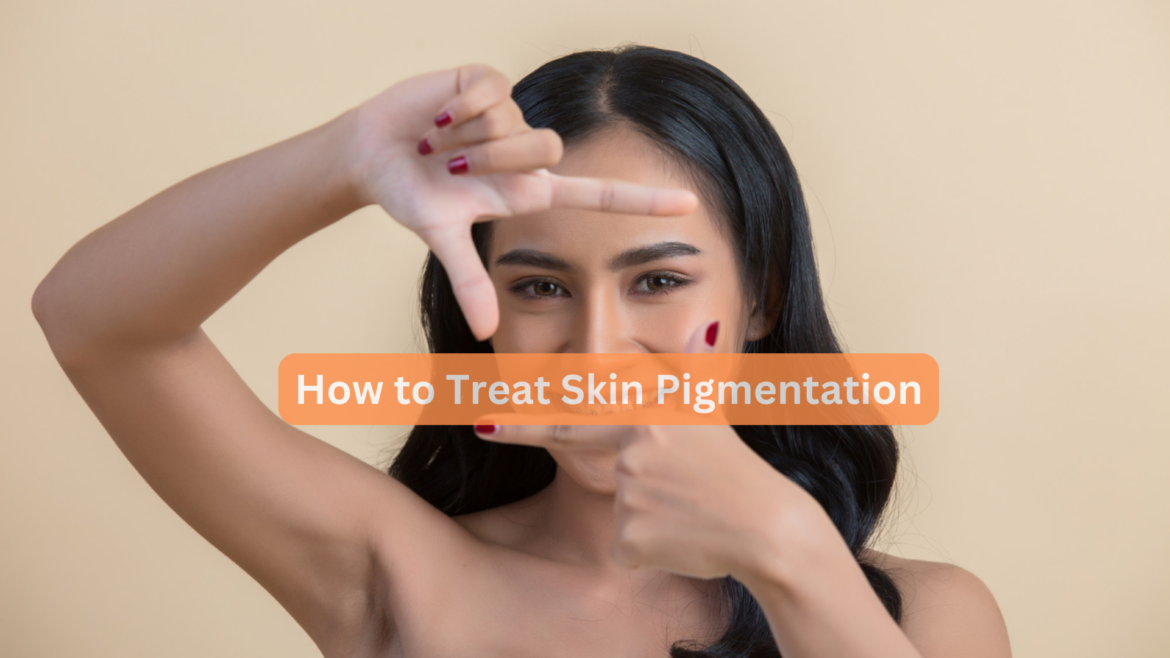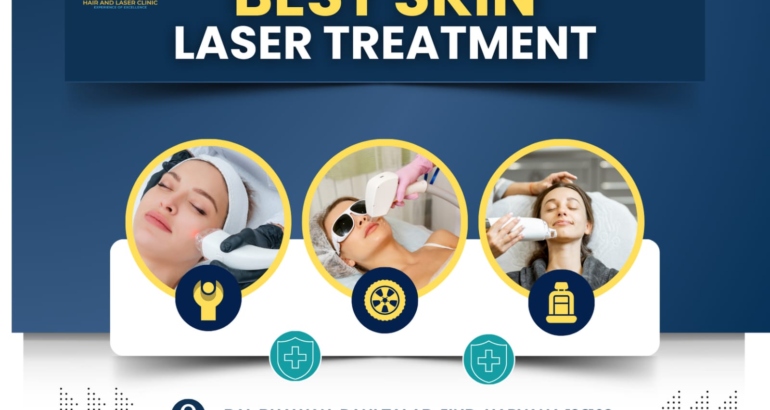Skin pigmentation, especially in the form of dark patches, can be a common concern for many individuals. For those with darker skin tones, these hyperpigmented areas may stand out more prominently and require special care. Whether caused by sun damage, hormonal changes, or post-inflammatory hyperpigmentation, addressing dark skin patches effectively requires understanding their root causes and selecting appropriate treatments.
In this blog post, we will explore the causes of dark skin pigmentation, treatment options, and preventative measures to ensure a healthy, even complexion.
What Causes Skin Pigmentation?
Skin pigmentation occurs when the body produces excess melanin, the pigment responsible for skin color. This can result from various factors:
Sun Exposure: UV rays from the sun can cause damage to the skin, leading to overproduction of melanin in certain areas.
Post-Inflammatory Hyperpigmentation (PIH): After an injury or inflammation (such as acne, eczema, or cuts), the skin can darken during the healing process.
Hormonal Changes: Conditions like melasma often appear during pregnancy or when taking oral contraceptives, causing dark patches to form.
Age Spots: As we age, our skin’s ability to recover from sun damage decreases, leading to the appearance of dark spots.
Best Treatments for Skin Pigmentation in Dark Skin Tones
Because darker skin tones naturally have more melanin, treating pigmentation can be more complex. It’s essential to use treatments designed to work with—not against—the skin’s unique characteristics to avoid further damage or irritation.
1. Topical Treatments
Several ingredients in over-the-counter or prescription creams can reduce dark patches. These include:
- Vitamin C: A potent antioxidant that helps brighten the skin by inhibiting melanin production. It also provides anti-aging benefits and protects the skin from environmental damage.
- Niacinamide: Known for its soothing properties, niacinamide helps to even out skin tone by reducing melanin transfer to the skin’s surface.
- Hydroquinone: Often considered the gold standard for treating pigmentation, hydroquinone works by decreasing melanin production. However, it should be used under dermatological supervision to avoid irritation or worsening of pigmentation.
- Kojic Acid: Derived from fungi, kojic acid helps lighten dark spots by blocking the enzyme responsible for melanin production.
- Retinoids: Vitamin A derivatives such as retinol or tretinoin help speed up skin cell turnover, removing darker skin cells and allowing fresh ones to take their place.
2. Chemical Peels
Chemical peels containing alpha hydroxy acids (AHAs) like glycolic acid or lactic acid can exfoliate the top layers of skin. This treatment is particularly effective for addressing superficial pigmentation like sunspots or PIH. However, individuals with darker skin tones should opt for mild peels, as stronger solutions may risk hyperpigmentation or scarring.
3. Laser Treatments
Laser therapy can target pigmentation issues by breaking down excess melanin. However, this option requires caution for those with darker skin tones. Not all laser treatments are suitable for deeply pigmented skin, as they can lead to further darkening (post-inflammatory hyperpigmentation) or even burns. Fractional lasers and Q-switched lasers are often safer choices for darker complexions.
4. Microneedling
Microneedling involves tiny needles creating micro-injuries in the skin, promoting collagen production and skin healing. It can help with both pigmentation and texture. This treatment is generally safe for all skin tones when performed by an experienced professional.
5. Natural Remedies
While natural remedies like aloe vera, licorice extract, or turmeric have been used for centuries to address skin pigmentation, their effectiveness varies. These options may take longer to show results, but they can be gentler on the skin and may work well in conjunction with other treatments.
Prevention: Keeping Pigmentation at Bay
Preventing dark patches from developing or worsening is key to maintaining a healthy complexion. Here are some important preventative measures:
Sunscreen: Daily application of broad-spectrum sunscreen (SPF 30 or higher) is crucial. Sunscreen protects the skin from UV rays, which can trigger or worsen pigmentation.
Gentle Skincare Routine: Use non-comedogenic and fragrance-free products to avoid irritation that can lead to inflammation or dark spots.
Treat Breakouts Early: If you are prone to acne or other skin conditions, address them early to prevent post-inflammatory hyperpigmentation.
Avoid Picking the Skin: Picking at acne, scars, or insect bites can lead to hyperpigmentation, so it’s important to resist the urge.
When to See a Dermatologist
While many over-the-counter treatments can help, seeing a dermatologist is essential if your pigmentation is stubborn or worsens despite home treatments. They can prescribe stronger treatments and guide you toward safe procedures for your skin type.
Conclusion
Treating skin pigmentation in dark patches is possible with the right combination of treatments and preventive measures. Patience and consistency are key, as most treatments require several weeks or months to show noticeable results. By protecting your skin from the sun, using targeted topical treatments, and consulting a dermatologist when necessary, you can achieve a brighter, more even complexion.
Remember, every skin type is unique, and what works for one person may not work for another. Always approach treatments with care and attention to your skin’s individual needs.


